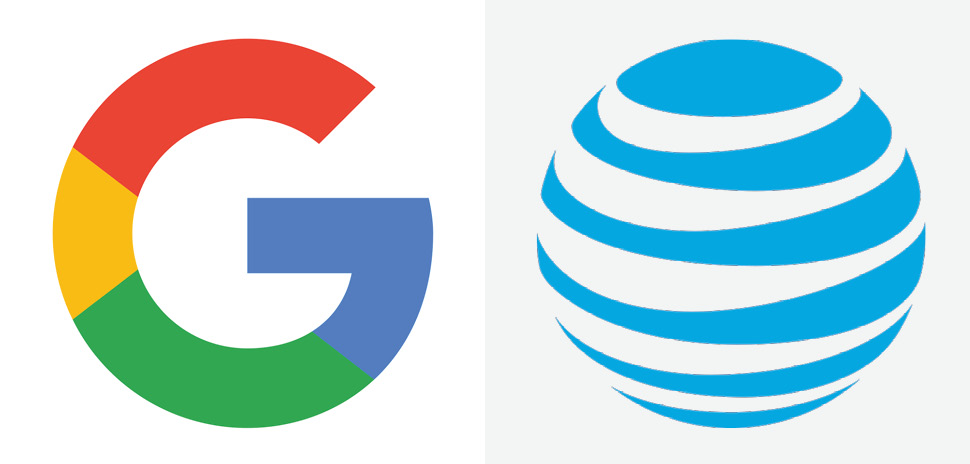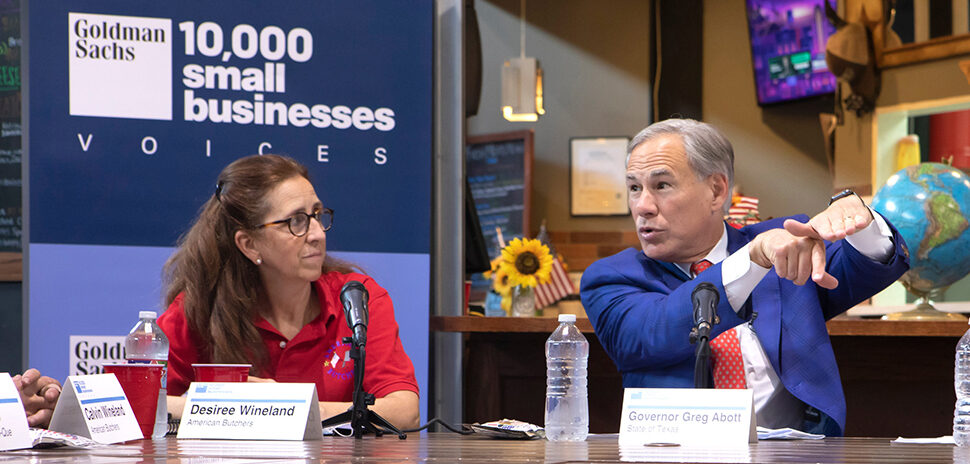Dallas-based AT&T and Sunnyvale, California-based Google Cloud just dropped new solutions across the two enterprise’s edge computing portfolios.
The intent is to offer a complete suite of solutions that help businesses drive value.
The expansion includes AT&T’s on-premises Multi-access Edge Compute (MEC) solution, plus AT&T Network Edge (ANE) capabilities across LTE, 5G, and wireline.
The MEC offering combines AT&T’s existing 5G with core Google Cloud capabilities, including Kubernetes, AI, ML, data analytics, and an edge ecosystem. AT&T and Google Cloud say this allows enterprises to build and run modern applications close to their end users and manage data on-premise, in a data center, or in any cloud.
Customers are able to increase control over their data, improve their security, lower latency, and get access to a higher bandwidth.
Deploying at Google edge POPs
Together, ANE and Google Cloud will help enterprises deploy applications at Google edge points of presence (POPs). POPs are connected to AT&T’s 5G and fiber networks, which provides for a faster, more seamless delivered experience, the companies say.
The multi-year strategy deployed by AT&T and Google Cloud is meant to bring this solution to more than 15 zones across major cities. First up is Chicago; Atlanta, Dallas, Miami, and San Francisco will follow.
Over a year in development
AT&T says the two companies have been developing the transformative capabilities for over a year to enable “industry-changing” immersive experiences in retail, healthcare, manufacturing, and entertainment. The latest news is the next step in solving real-life business challenges.
“With premises-based 5G and network edge computing, we give our customers even greater control of where their data goes and how they use it—at higher speeds and with lower latency. These capabilities allow businesses to deliver unique experiences to their customers, today and into the future,” said Rasesh Patel, chief product and platform officer for AT&T Business, in a statement. “We’re bringing forth a new era where the latest technological advancements, including 5G and edge computing, make it possible to transform, innovate and prepare for whatever the future holds.”
The two tech giants aim to allow Google solutions—Google Maps, Android, Pixel, augmented reality, virtual reality—to provide for a better customer experience.
For instance: AT&T and Google Cloud enabled video analytics services to assist various industries with theft prevention, crowd control, and queue prediction and management.
Retail solutions
In retail, businesses are given the capability to streamline and automate inventory management, connecting brick-and-mortar with ecommerce systems for real-time visibility into operations. In healthcare, there’s a greater access to services, like telehealth, so AR/VR can be used for remote care; in manufacturing, operations were accelerated to add remote support and quality control checks at plant locations.
And in entertainment, in-venue experiences for concerts and sporting events were enhanced, allowing for everything from smart parking and ticketless entry to contactless food and souvenir payments.
“By combining the power of AT&T 5G and Google Cloud technologies, we’re helping enterprises create new customer experiences and business services that were previously impossible,” George Nazi, VP of Global Telecom, Media and Entertainment Solutions for Google Cloud, said in a statement. “Together with AT&T, we’re committed to enabling our customers to build and deliver next-generation applications, whether on-premise or on AT&T’s leading mobile network.”
“Real-time network information”
AT&T and Google Cloud are also teaming up to evaluate how network APIs could optimize applications. That involves “using near real-time network information at the Google Cloud edge.” If proven successful, businesses could optimize the user experience at the edge, driving more meaningful outcomes.
“5G, cloud services, and edge compute each have a tremendous amount of promise as standalone technologies,” Jason Leigh, research manager for 5G and Mobile Services Research at IDC, said in a statement. “But coupling these three as complimentary, enabling technologies both accelerates and extends the promise of digital transformation in many more business settings.”
![]()
Get on the list.
Dallas Innovates, every day.
Sign up to keep your eye on what’s new and next in Dallas-Fort Worth, every day.


































































